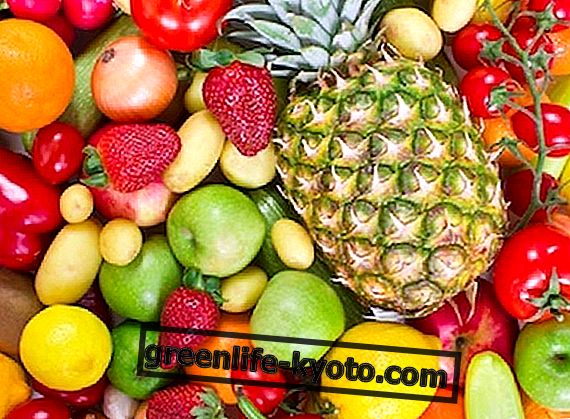
The dandelion is a spontaneous plant common in meadows and fields and available in herbal medicine. The dandelion is used mainly as a diuretic and for digestive disorders: we see in detail when to use the dandelion .
The dandelion, description and active constituents of the plant
The dandelion ( Taraxacum officinale ) is a perennial herbaceous plant of the Compositae family . The dandelion plant can reach 40 centimeters and has a rosette of elongated and incised basal leaves, from which rises the smooth, hollow stem bearing the yellow heads, composed of ligulate flowers.
The dandelion flowers around the month of April and, after flowering, produces the characteristic shower heads formed by numerous seeds provided with a pappus which serves to spread the seed itself.
The dandelion drug consists of the root and the aerial parts that contain bitter principles, sesquiterpene lactones, triterpenes, phytosterols, phenolic acids and minerals. Dandelion root also contains inulin, which can reach 40% during the autumn.
When to use dandelion
The compounds present in the dandelion are able to promote liver and biliary function, improve appetite, help in case of dyspepsias and stimulate diuresis. The dandelion also has an anti-inflammatory action, due to the inhibition of leukotriene synthesis.
Dandelion root is traditionally used as a diuretic, purifier, to increase bile flow and treat dyspepsia.
Dandelion leaves, on the other hand, in addition to being used for food purposes, are used for the preparation of infusions useful to promote appetite and to treat the sense of fullness and flatulence. to increase diuresis, in case of rheumatism and to prevent kidney stones.
Traditionally, dandelion leaves are also used in cases of gout, loss of appetite and obesity . The tasassaco is used therefore in case of lack of appetite, dyspeptic states, alterations of the bile flow and to stimulate diuresis.
Contraindications of use of the dandelion
Although the toxicity of this plant is low, the use of dandelion can cause hyperacidity and gastric disturbance due to the presence of bitter substances.
The use of dandelion is also contraindicated in the case of bile duct obstruction, paralytic ileus and gallbladder inflammation.
Due to the presence of sesquiterpene lactones, an allergic contact reaction may occur in people allergic to Asteraceae.
Dandelion intake is not recommended during pregnancy and lactation .











